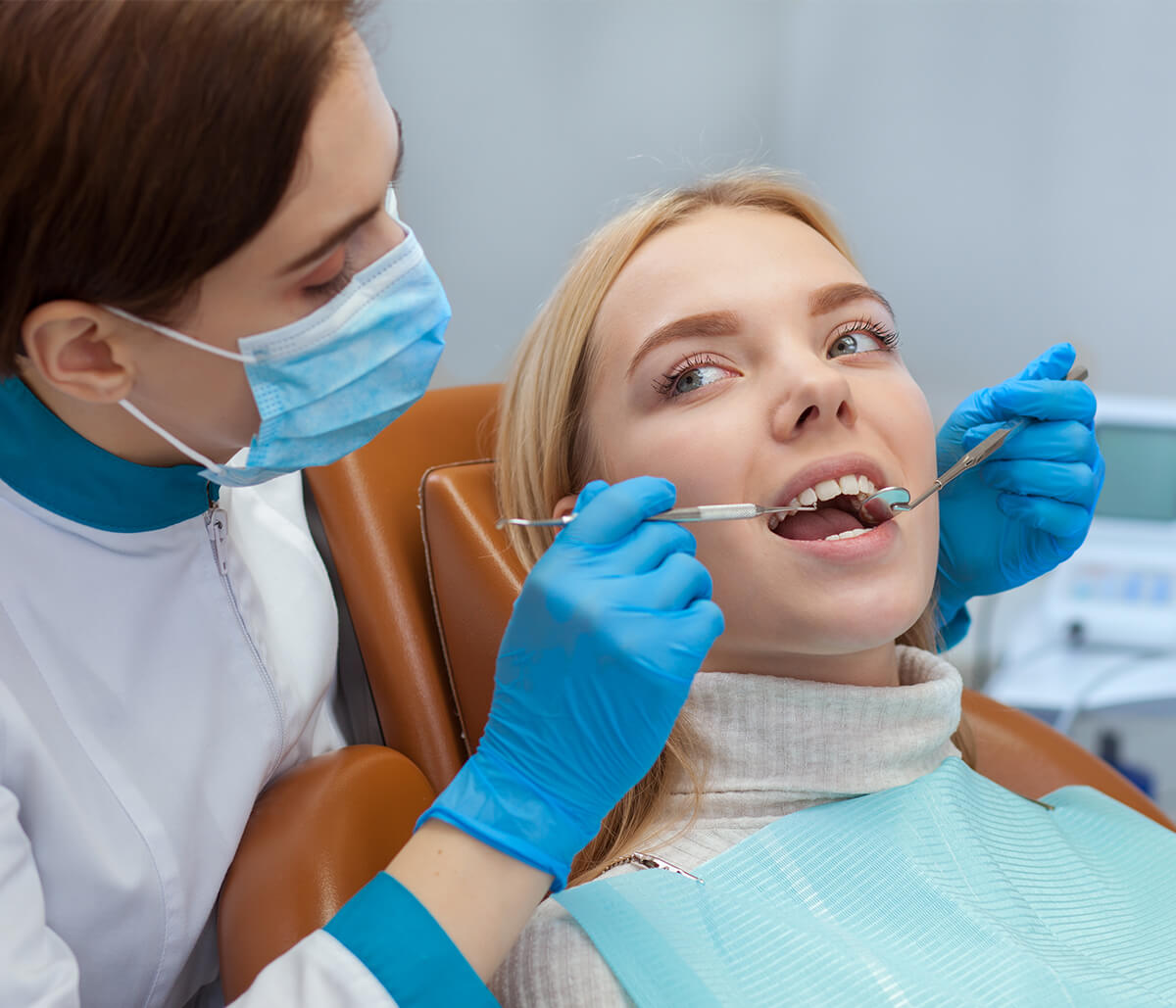Cosmetic bonding has emerged as a popular solution for enhancing smiles, but what factors influence its cost? In this comprehensive guide, we delve into the advantages of cosmetic bonding and explore the associated costs, empowering you to make informed decisions about your dental care.
Affordable Smile Transformation
Cosmetic bonding offers a budget-friendly alternative to more extensive dental procedures such as veneers or crowns. By using composite resin matched to your natural tooth color, dentists can effectively address minor imperfections like chips, cracks, or gaps. Compared to other cosmetic options, the cost of cosmetic bonding is often significantly lower, making it accessible to a broader range of patients seeking smile enhancements.
Quick and Painless Procedure
Unlike some dental procedures that require multiple appointments and extensive preparation, cosmetic bonding is typically completed in a single visit. The process involves minimal discomfort, with no need for anesthesia in most cases. Dentists start by roughening the tooth surface before applying and sculpting the composite resin to achieve the desired shape and appearance. Once the resin is bonded and hardened with a special light, your dentist will polish the bonded area to seamlessly blend with your natural teeth. The efficiency and convenience of cosmetic bonding make it an attractive option for busy individuals seeking immediate smile improvements.
Conservative Approach to Dental Restoration
One of the primary benefits of cosmetic bonding is its conservative nature. Unlike veneers or crowns, which require removing a significant portion of the tooth structure, bonding involves minimal alteration. Dentists preserve as much of the natural tooth as possible, minimizing the risk of sensitivity or damage. This conservative approach not only maintains the integrity of your teeth but also allows for future adjustments or revisions if necessary. With cosmetic bonding, you can achieve a transformed smile without compromising the health or strength of your teeth.
Versatility in Correcting Cosmetic Flaws
Cosmetic bonding is a versatile solution that can address a wide range of aesthetic concerns. Whether you’re dealing with small chips, gaps between teeth, uneven surfaces, or discoloration, bonding can effectively camouflage these imperfections. Dentists have the flexibility to tailor the bonding material to match the shape and shade of your natural teeth, ensuring seamless integration with your smile. Furthermore, bonding can be combined with other cosmetic procedures for comprehensive smile makeovers, providing personalized solutions to suit your unique needs and preferences.
Cosmetic Bonding Cost:
While the advantages of cosmetic bonding are clear, many individuals are curious about the cost associated with this dental procedure. Several factors can influence the overall cost of cosmetic bonding, including the extent of treatment needed, the complexity of the case, and the dentist’s expertise and location. On average, the cost of cosmetic bonding per tooth ranges from $100 to $400. Keep in mind that this estimate may vary depending on individual circumstances and additional fees for consultations or materials.
Factors Affecting Cosmetic Bonding Cost:
- Number of Teeth: The more teeth requiring bonding, the higher the overall cost. Dentists may offer package deals for multiple teeth, providing cost savings for patients seeking extensive smile enhancements.
- Extent of Damage: The severity of cosmetic flaws will impact the complexity of the bonding procedure and, consequently, the cost. Minor imperfections may require less time and material compared to more significant issues.
- Location and Dental Practice: Cosmetic bonding costs can vary depending on geographical location and the specific dental practice. Urban areas and upscale clinics may have higher fees compared to rural areas or smaller practices.
- Dentist’s Expertise and Experience: Experienced dentists with advanced training in cosmetic dentistry may command higher fees for their skills and expertise. While choosing a qualified professional is essential for optimal results, it’s essential to balance quality with affordability.
Minimal Invasiveness:
Unlike procedures such as crowns or veneers, which require the removal of a significant portion of the tooth structure, cosmetic bonding is minimally invasive, preserving more of the natural tooth.
Cosmetic bonding, a revolutionary dental procedure, has been gaining significant popularity in recent years, offering individuals a non-invasive solution to enhance their smiles. With its seamless ability to correct imperfections such as chipped, discolored, or misaligned teeth, cosmetic bonding has become a go-to option for those seeking to improve their dental aesthetics without breaking the bank. In this comprehensive guide, we delve into the intricacies of cosmetic bonding, shedding light on its cost, procedure, and the myriad of benefits it brings to the table.
Understanding Cosmetic Bonding
Cosmetic bonding, also known as dental bonding, is a dental procedure that involves the application of a tooth-colored resin material to the teeth, which is then hardened and bonded to the tooth surface using a special light. This process effectively conceals imperfections, giving the teeth a more aesthetically pleasing appearance. While cosmetic bonding is durable, it’s essential to take proper care of your bonded teeth to ensure they remain in optimal condition. This includes practicing good oral hygiene habits such as brushing and flossing regularly, avoiding habits that can damage the bonding material, such as biting on hard objects or chewing ice, and scheduling regular dental check-ups to monitor the health of your bonded teeth.
Maintaining Your Bonded Smile
While cosmetic bonding is durable, it’s essential to take proper care of your bonded teeth to ensure they remain in optimal condition. This includes practicing good oral hygiene habits such as brushing and flossing regularly, avoiding habits that can damage the bonding material, such as biting on hard objects or chewing ice, and scheduling regular dental check-ups to monitor the health of your bonded teeth.
Conclusion:
Cosmetic bonding offers a cost-effective, convenient, and versatile solution for enhancing your smile. With its numerous advantages and relatively low cost compared to alternative treatments, bonding has become increasingly popular among individuals seeking cosmetic dental improvements. By understanding the factors influencing cosmetic bonding costs, you can make informed decisions about investing in your smile and achieving the confident, radiant appearance you desire.
cosmetic bonding offers a cost-effective and minimally invasive solution for enhancing the appearance of your smile. With its affordability, versatility, and natural-looking results, cosmetic bonding has become a popular choice for individuals looking to achieve a brighter, more confident smile. If you’re considering cosmetic bonding, be sure to consult with a qualified dentist to determine if it’s the right option for you and take the first step towards achieving the smile of your dreams.




